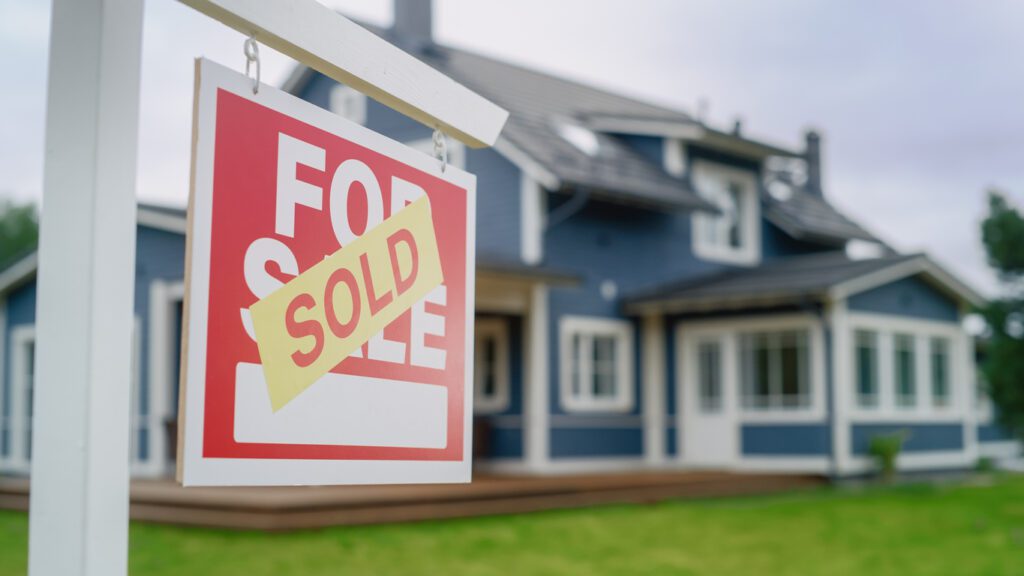
Some things aren’t ever going to change about looking for a home to buy. You’re always going to want to find a neighborhood where you feel safe and have the amenities you desire. But with the turbulence in the housing market the past several years, what seems like a nice neighborhood today may quickly become less attractive. Here are some factors to consider when projecting what the future holds for an area where you’re considering buying.
Vacancy – With the glut of foreclosures in recent years, many neighborhoods have a very high percentage of empty homes. If these homes stay unoccupied long-term and fall into disrepair, the neighborhood could take on a blighted look before much time has passed. Drive through any prospective neighborhoods at various times of the day and week to see if there are people walking, having social gatherings, or otherwise showing signs of habitation. If there are more “For Sale” signs than people, the neighborhood might be in the midst of an extended downturn.
Public services – When doing your scouting, make mental notes of the availability of government-provided services. If you see a lot of sidewalks desperately in need of repair, inoperable streetlights, or garbage piling up, do more research to find out about any budgetary cutbacks that may have affected the local government. Also look for evidence of paring of services that might not be immediately apparent, like police resources being reduced, library branches being closed, or public transportation routes being curtailed. Attending a city council meeting or researching these subjects online can provide valuable insight.
Undeveloped or unfinished lots – Partially completed and abandoned buildings are always a red flag, but be on the lookout for deserted lots too. An unoccupied house may have been bulldozed at the site by a developer to lessen supply in the area. Or there may potentially be a business going in that you wouldn’t want to live by. It’s a good idea to call the city planning department to find out what the future plans are for the empty spots on the map.
Commercial health – If there are a lot of boarded up businesses in the nearest shopping area, or the local mall just lost one of its major “anchor” stores, this could be a sign that economic strength isn’t especially high in the area and that the local recovery could take several years.
Employment picture – Check to see if any major employers located nearby have moved out of the area or closed down recently. If so, this could really put a damper on the future price of homes in the area as demand bottoms out and/or foreclosures rise.
New rentals – It’s not just “For Sale” signs you want to be on the lookout for. Check local listings to see how many houses are for rent in the neighborhood. If real estate companies are having trouble selling places, they may turn to renting them out instead. This leads to less stability in an area and fewer people invested in the long-term improvement of the immediate environment.
Opinion of local experts – Walk around the area on a Saturday and ask the people who live there what’s been going on in the neighborhood. They are one of the best resources for getting a sense of the direction the neighborhood is heading.
Crime – Call the local police department to get crime statistics for the neighborhood. A high rate of illegal activities could mean the area is seen as easy pickings by criminals.
Schools – Good schools are always a huge draw for homebuyers, so research if there are ones with high rankings in the area. If there are, the neighborhood will likely rebound more quickly from the effects of any foreclosures. Sites like greatschools.org and neighborhoodscout.com can help you find top schools.
Location – You’ve heard the saying before, so no use in repeating it. Just know that suburbs with high vacancies that are far away from urban centers are likely to rebound more slowly because most people these days don’t want to pay the high gas prices to get around.
HOA – If the area you’re considering has a Homeowner’s Association, attend one of its meetings. See what the pressing issues are and if there are a lot of complaints.
There are a lot of homes on the market right now with a great price and great pictures in the online listing. But with the current dynamics of the housing market, it makes sense to think not only about your future in the home, but what lies ahead for the neighborhood too.
This article was originally shared via our education partner, Balance Pro.
